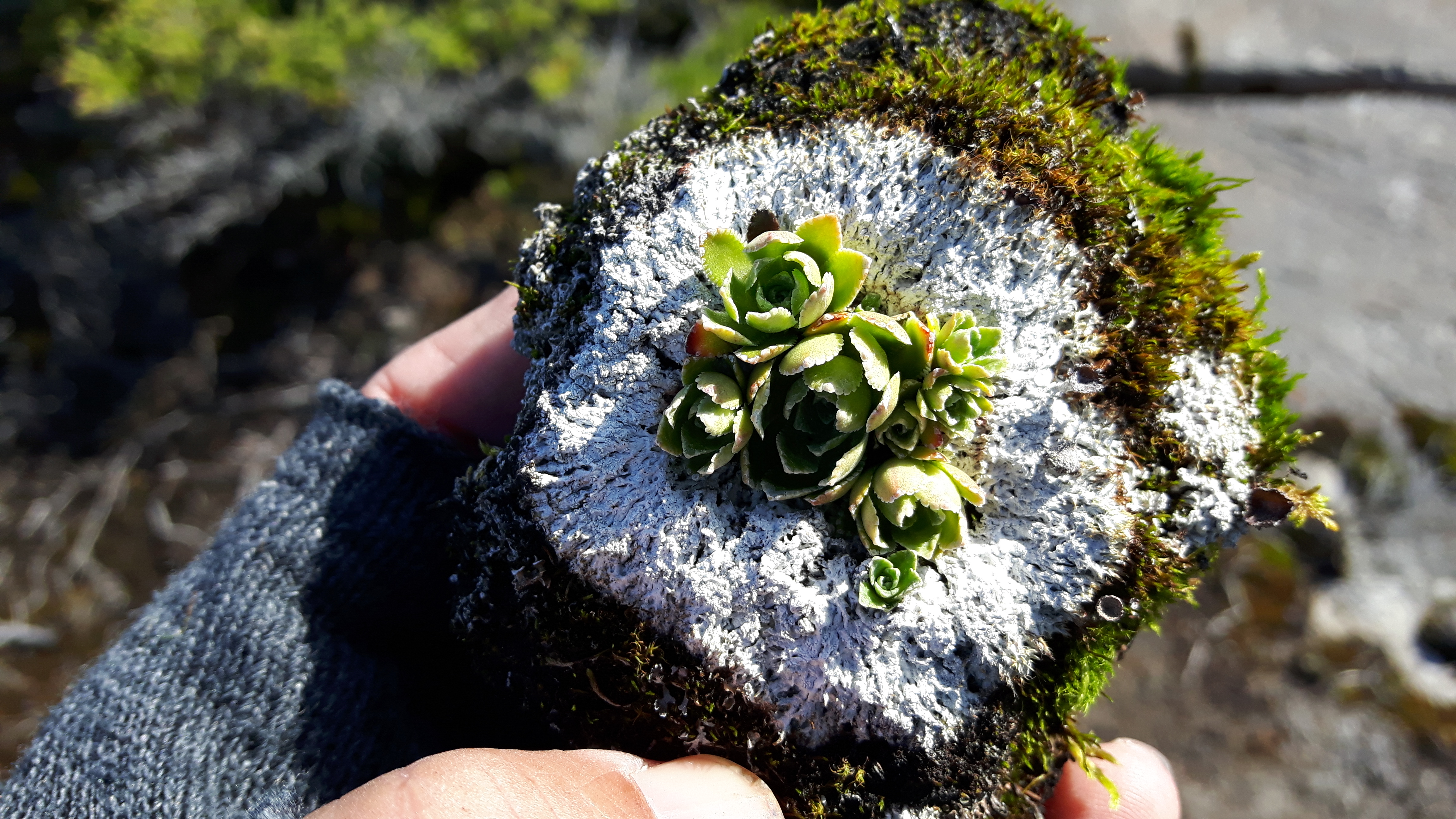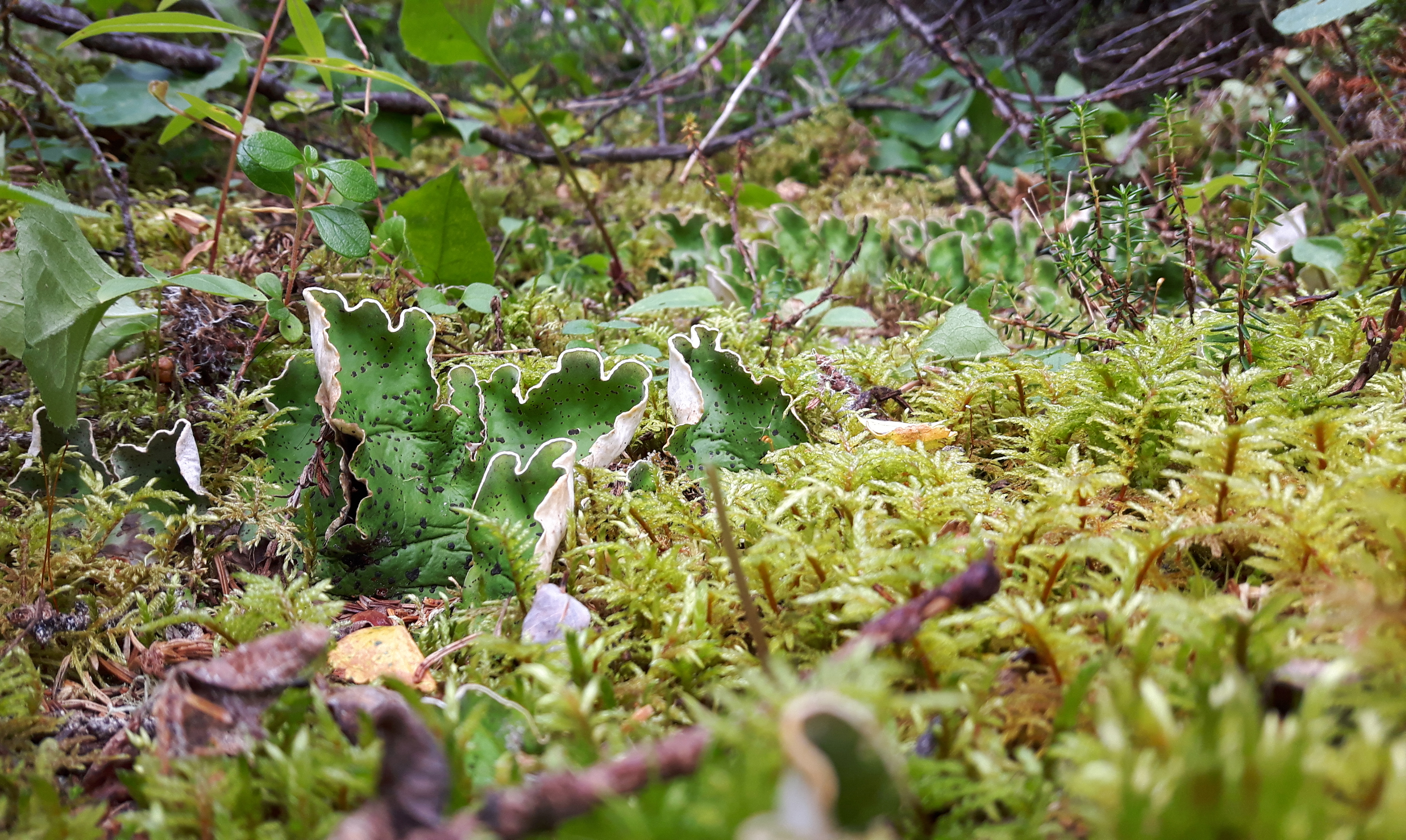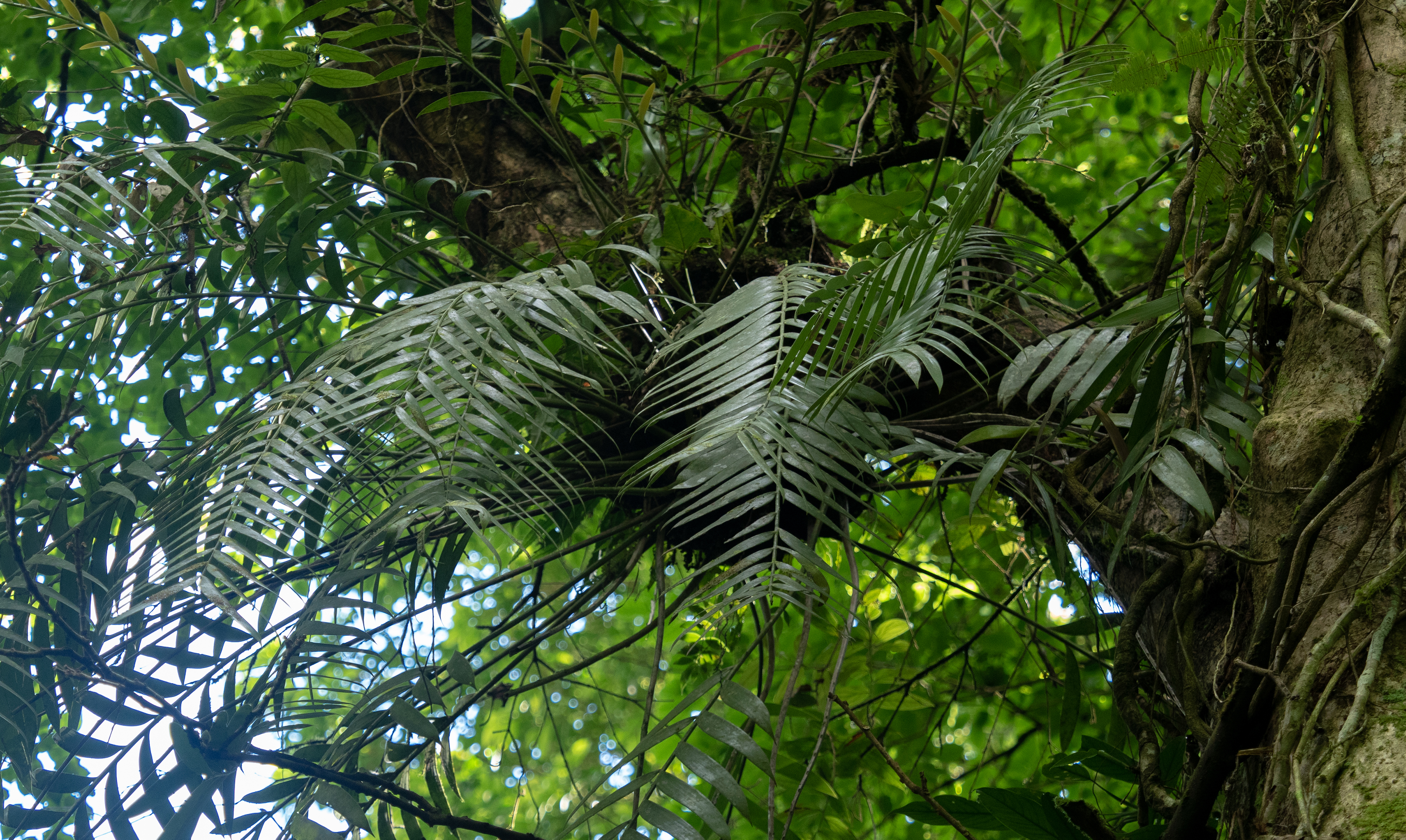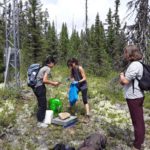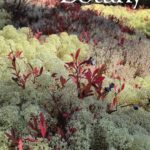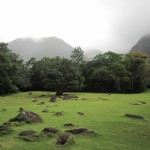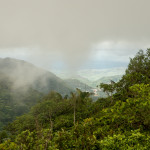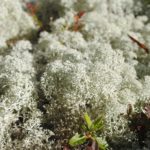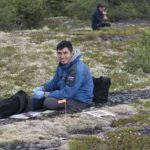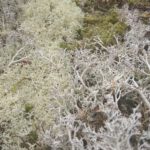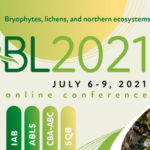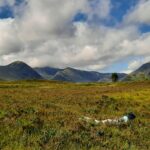
Our lab is pursuing a global study on Cladonia stellaris (and other reindeer lichens) to expand our sampling from Eastern Canada and unravel the systematics and dispersal patterns of this charismatic lichen, our national lichen. A sampling campaign has already started in Europe, beginning in the Scottish Highlands.
We also collected the woolly fringe moss, Racomitrium lanuginosum, as part of the ongoing doctoral project by Dennis Escolástico-Ortiz on the population genomics and functional...
Read More
